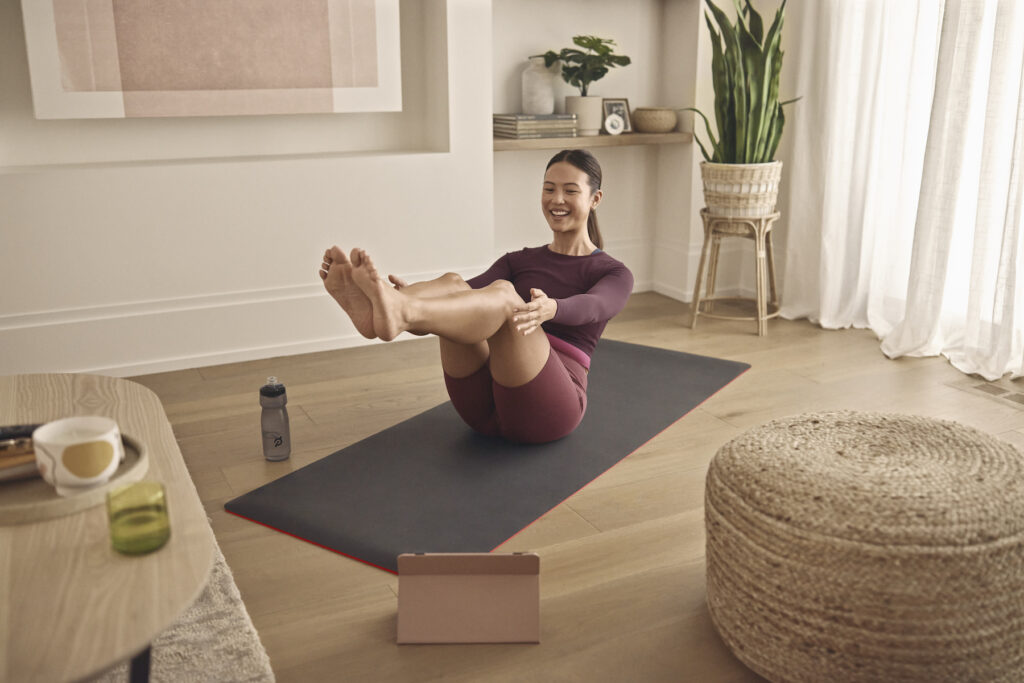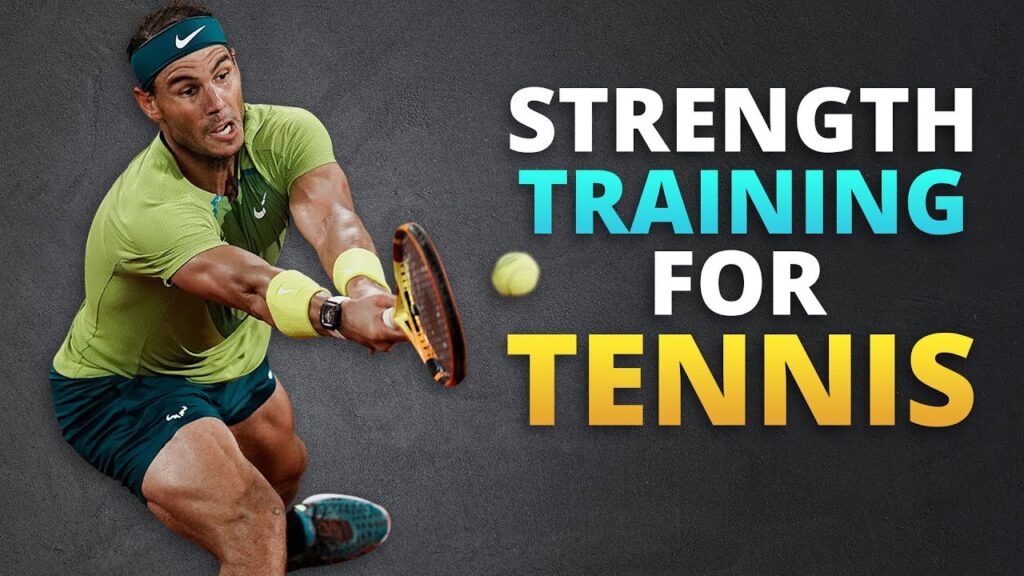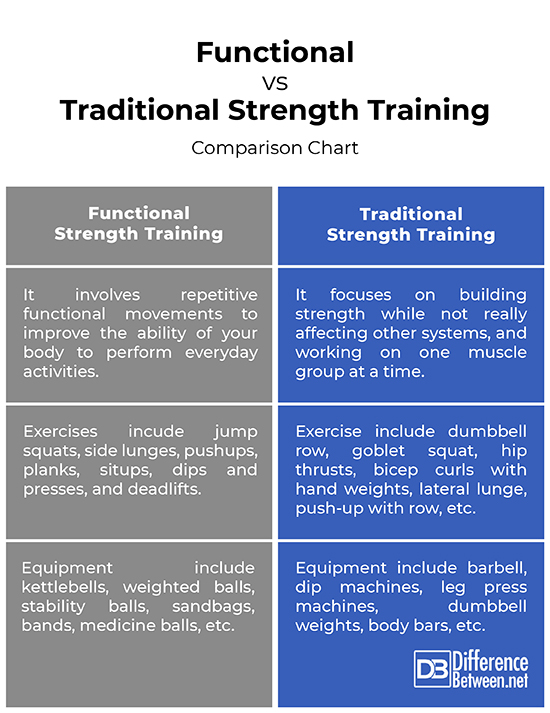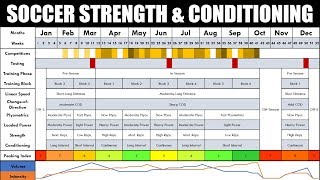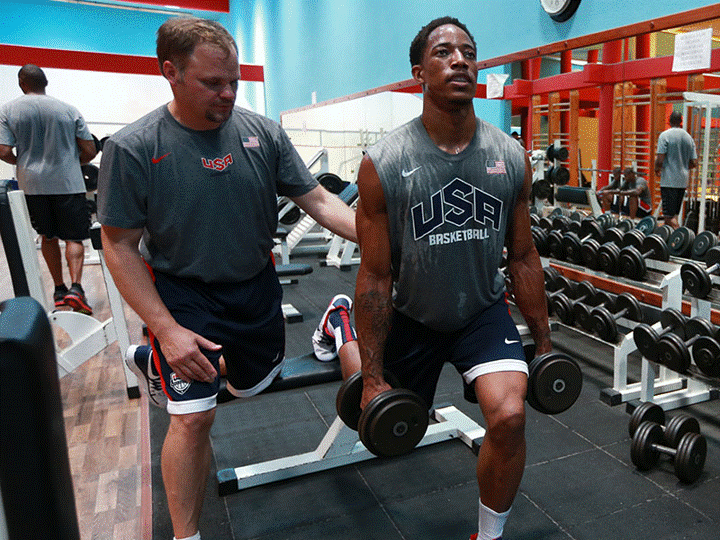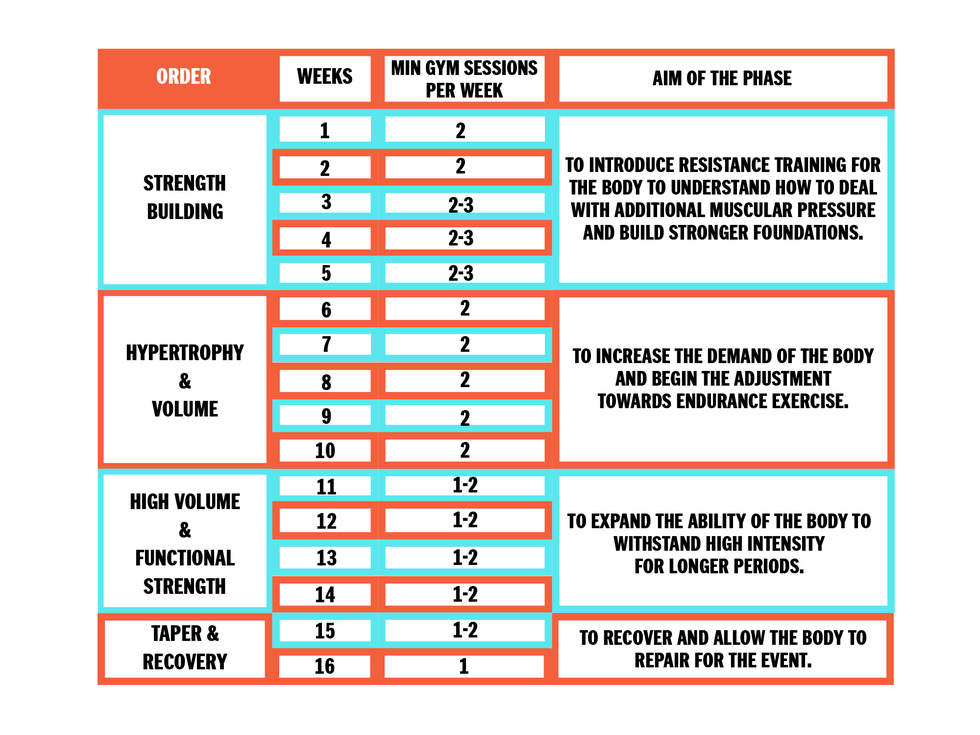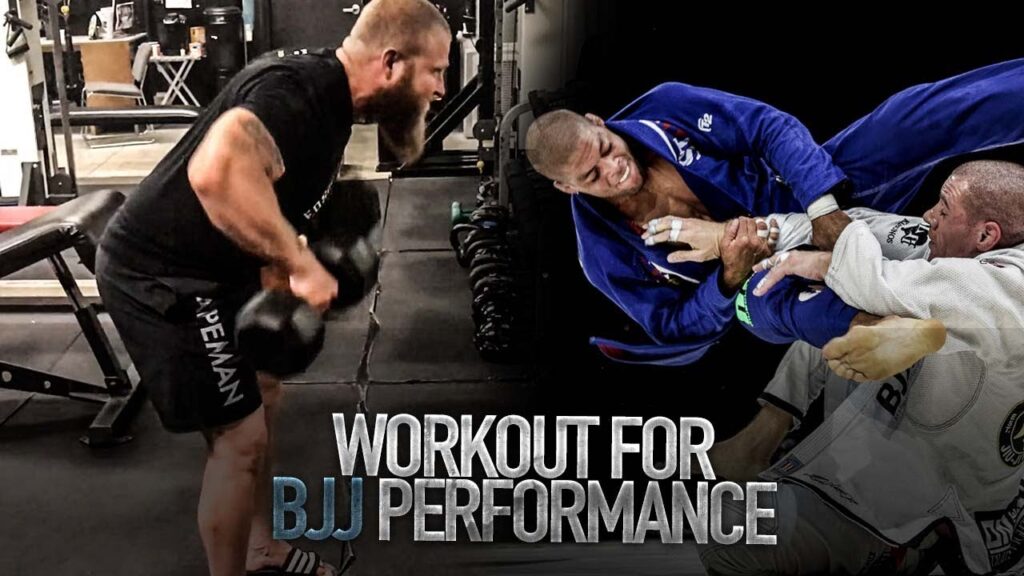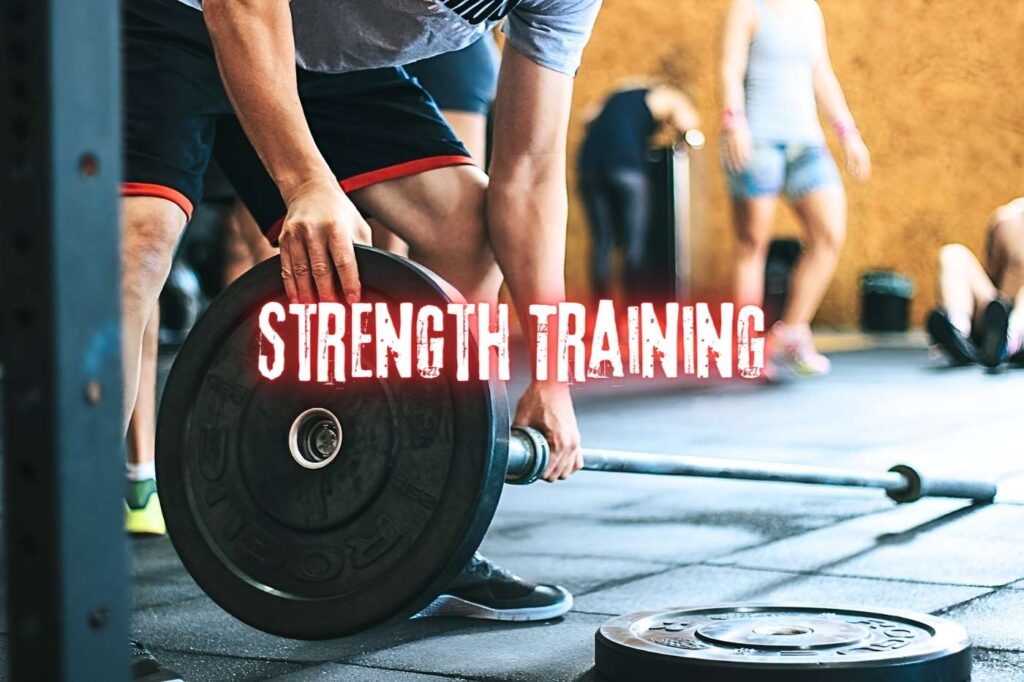Yes, Pilates counts as strength training. It uses body weight and resistance to build muscle and improve endurance.
Pilates offers a unique approach to fitness. It focuses on core strength, flexibility, and overall body conditioning. This workout method engages muscles through controlled movements and breathing techniques. Suitable for all fitness levels, Pilates can be customized to meet individual needs.
Whether you aim to enhance athletic performance or improve daily function, Pilates provides a balanced workout. It combines elements of strength training, stability, and mobility. The consistent practice of Pilates can lead to better posture, reduced injury risk, and enhanced muscle tone. By integrating Pilates into your routine, you can achieve a stronger, more balanced body.
Introduction To Pilates
Pilates was created by Joseph Pilates. It started in the early 20th century. This exercise began in Germany. Joseph Pilates moved to the United States. He opened a studio in New York City. Dancers and athletes first embraced Pilates. Now, people worldwide practice it. The method combines different exercises. It focuses on strength, flexibility, and body awareness.
Pilates has six main principles. They are concentration, control, center, flow, precision, and breathing. Each exercise follows these principles. The core is the center of all movements. Exercises include mat work and using special equipment. Reformer is a popular Pilates machine. Movements are slow and controlled. Breathing is deep and focused. This helps improve muscle strength and flexibility.
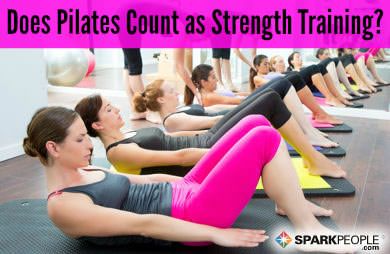
Credit: www.sparkpeople.com
Defining Strength Training
Strength training involves resistance exercises. These exercises build muscle strength and endurance. It usually includes weight lifting and bodyweight exercises. The goal is to improve muscle function. Consistency is key for best results.
Strength training can include different modalities. Weight machines and free weights are popular. Resistance bands offer a flexible option. Bodyweight exercises like push-ups are also effective. Each modality has its unique benefits.
Mechanics Of Pilates
Pilates engages core muscles and enhances flexibility while also building strength. It uses body weight and resistance for effective strength training. Ideal for improving muscle tone and endurance.
Muscle Engagement
Pilates involves deep muscle engagement. It focuses on the core muscles. These muscles include the abs, back, and hips. Each movement requires stability and control. This helps in building strength. Small, controlled moves target specific muscles. This leads to improved tone and endurance.
Resistance And Control
Exercises often use body weight as resistance. Some routines include resistance bands or machines like the Reformer. These tools add more challenge. The emphasis is on slow, controlled movements. This increases muscle strength over time. Consistency is key in seeing results. Each session builds on the last.
Comparing Pilates To Traditional Strength Training
Pilates can build muscle strength and improve flexibility. It uses body weight for resistance, enhancing core stability. Traditional strength training often involves weights and machines for targeted muscle growth.
Equipment And Exercises
Pilates uses mats, resistance bands, and small weights. Traditional strength training often uses heavy weights and machines. Pilates focuses on controlled movements and core strength. Traditional strength training targets specific muscle groups. Pilates exercises include planks, leg lifts, and stretches. Strength training includes squats, bench presses, and deadlifts.
Intensity Levels
Pilates has moderate intensity levels. It is suitable for all fitness levels. Traditional strength training can have high intensity. It often requires more effort and endurance. Pilates workouts last 45 to 60 minutes. Strength training sessions can be shorter or longer. Both methods can improve muscle strength and overall fitness.
Benefits Of Pilates For Muscle Strength
Pilates helps strengthen the core muscles. Strong core muscles improve posture and balance. Core stabilization reduces the risk of injuries. It supports the spine and enhances overall strength. Pilates exercises target deep abdominal muscles. They also work on the pelvic floor and lower back.
Pilates builds functional strength for daily activities. It focuses on controlled movements and body alignment. Functional strength improves muscle coordination. It enhances flexibility and range of motion. Pilates exercises use body weight for resistance. This helps in building lean muscle mass.
Scientific Insights
Pilates incorporates resistance exercises that enhance muscle strength, making it a form of strength training. It improves core stability and flexibility, promoting overall physical fitness.
Research On Pilates And Muscle Hypertrophy
Studies show Pilates helps build muscle. Pilates can cause muscle hypertrophy. Hypertrophy is muscle growth. Exercises focus on slow, controlled movements. These movements target specific muscle groups. Pilates uses body weight for resistance. This can lead to increased muscle mass. Pilates also improves muscle tone.
Impact On Muscle Endurance
Pilates improves muscle endurance. Endurance means muscles work longer without getting tired. Exercises in Pilates are low-impact. This reduces the risk of injury. Pilates focuses on core strength. A strong core helps with balance and stability. Regular practice can lead to better overall fitness. Increased endurance benefits daily activities. Pilates can be a good choice for all ages.
Pilates For Different Populations
Athletes benefit from Pilates. It helps them build core strength. This improves their overall performance. Pilates also increases flexibility. This reduces the risk of injuries. Athletes can balance their bodies better. It enhances their coordination skills. Pilates workouts can be tailored. They fit specific sports needs. Athletes gain endurance through Pilates. Their stamina improves significantly.
Pilates is great for rehabilitation. It helps people recover faster. Injuries heal better with Pilates. It strengthens weak muscles. Pilates also improves joint mobility. People regain their range of motion. Exercises are low-impact. This makes them safe for injured individuals. Pilates supports the healing process. It promotes overall wellness.
Incorporating Pilates Into A Strength Routine
Pilates enhances core strength, flexibility, and muscle tone, making it a valuable addition to any strength training routine. Combining Pilates with weightlifting can improve overall body strength and stability.
Designing A Balanced Program
Creating a balanced program with Pilates and strength training is effective. Pilates targets core muscles, improving stability and posture. Strength training focuses on building muscle mass and power. Combining both methods offers a comprehensive workout. Alternate Pilates and strength training on different days for best results. This ensures muscles have time to recover. Keep sessions short but intense. Balance is key to avoiding injury and maximizing benefits.
Pilates As A Complementary Practice
Pilates complements traditional strength training well. It enhances flexibility and muscle endurance. Pilates also aids in injury prevention by strengthening smaller muscle groups. This practice improves overall body awareness. Pilates helps in achieving a balanced physique. Consistent practice leads to better performance in other exercises. Adding Pilates to your routine can boost overall fitness.
Personal Testimonies And Case Studies
Jane was unhappy with her posture. She started Pilates. After three months, she saw improvement. Her back pain was gone. She felt stronger and more confident.
Mark wanted to lose weight. He did Pilates twice a week. Within six months, he lost 20 pounds. His muscles became toned. He felt more energetic.
Anna had weak core muscles. She began Pilates classes. She noticed a change in her body. Her abs became stronger. She felt more balanced.
Tom had poor flexibility. He tried Pilates. After a few sessions, he could touch his toes. His joints felt looser. He became more active.

Credit: www.self.com
Conclusions And Recommendations
Pilates enhances core strength and flexibility, offering benefits similar to traditional strength training. For optimal muscle development, combine Pilates with weightlifting exercises.
Making An Informed Choice
Pilates can be a great addition to your workout. It helps build core strength and flexibility. Some exercises in Pilates do use resistance. This can help strengthen muscles. But, it may not replace traditional strength training. Lifting weights or using machines targets muscle groups more intensely.
Combine Pilates with other forms of exercise. This ensures a well-rounded fitness routine. Always consult a fitness professional. They can help tailor a workout plan to your needs.
Future Of Pilates In Strength Training
The future of Pilates in strength training looks promising. New techniques and equipment are being developed. These innovations aim to enhance the effectiveness of Pilates. More people are recognizing its benefits. This will likely lead to wider adoption.
Fitness experts are integrating Pilates with other training methods. This creates a more holistic approach to fitness. Keeping an eye on these trends can help you stay updated. Embracing new methods can make your workouts more dynamic and effective.

Credit: www.self.com
Frequently Asked Questions
Is Pilates Considered Strength Training Or Cardio?
Pilates is primarily strength training. It focuses on core strength, flexibility, and overall muscle endurance.
Is Pilates Strength Training For Weight Loss?
Pilates can aid weight loss by improving muscle tone and boosting metabolism. It enhances core strength and flexibility.
Is Pilates Or Yoga Better For Strength Training?
Pilates focuses more on core strength and flexibility. Yoga improves overall strength, flexibility, and balance. Both are effective. Choose based on personal fitness goals.
Is Pilates A Strength Or Flexibility?
Pilates enhances both strength and flexibility. It focuses on core muscles, improving stability, balance, and overall body flexibility.
What Is Pilates?
Pilates is a low-impact exercise focusing on core strength, flexibility, and overall body conditioning.
Does Pilates Build Muscle?
Yes, Pilates helps build lean muscle through controlled movements and resistance training.
Is Pilates A Form Of Strength Training?
Yes, Pilates involves resistance exercises that enhance muscle strength and endurance.
Can Beginners Do Pilates?
Absolutely, Pilates has modifications for all fitness levels, making it accessible for beginners.
Does Pilates Help With Weight Loss?
Yes, Pilates can aid weight loss by improving muscle tone and boosting metabolism.
How Often Should You Do Pilates?
For best results, practice Pilates 2-3 times a week.
Conclusion
Pilates can indeed count as strength training. It improves muscle tone, flexibility, and core strength. Combining Pilates with other exercises can enhance overall fitness. Whether you’re a beginner or advanced, Pilates offers numerous benefits. Try incorporating it into your routine for a balanced and effective workout.

